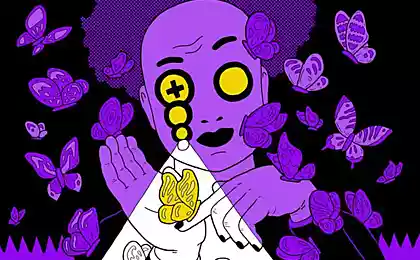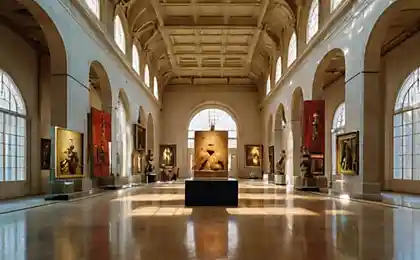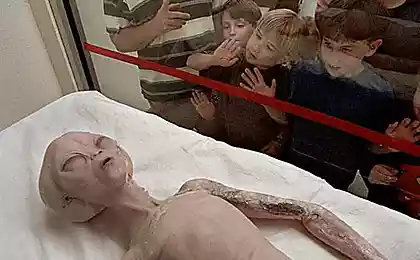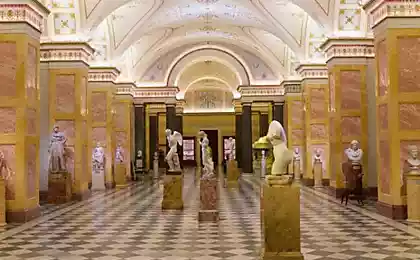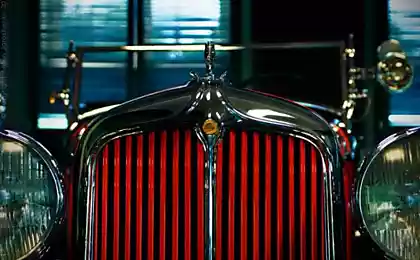165
The Changing Art of Portrait at the Zimmerly Museum of Art
Sometimes the person in the photo openly smiles, sometimes he appears in the photo with a serious face and tightly clenched lips. But most of the 445 shots presented as part of the exhibition Amazing Similarity: The Changing Portrait Art at the Zimmerly Museum of Art at Rutgers University have one constant - a human being. The same person whose photographs were taken over decades from the 30s to the 60s of the twentieth century. And no one knows who this man was.
The photos belong to the historian Donald Lokuta. He bought them after first discovering several photos at an antique show in New York in 2012. When he realized that the seller had hundreds of similar photos of the same man, he bought them all.
Little is known about the person in the photos. He probably lived in the Midwest in the United States and sometimes wore a hat. Photos allow the viewer to imagine how his life went. 445 images clearly demonstrate the process of aging. The first pictures were taken during the Great Depression, they depicted a stocky, cheerful black-haired man. The last pictures of the collection, made in the 60s, depict a noticeably aged man - his hair is gray, his face is dotted with wrinkles. But his broad and simple smile is constant, and has appeared regularly for decades.
Lokuta suggested that the man worked for the company that owns the photo booth and took self-portraits after repairing or maintaining the camera machine. This hypothesis, which coincidentally is the main storyline in the 2001 film Amelie, has not yet been confirmed. Lokuta contacted Nekki Goranin, author of American Photobood, in hopes of getting help identifying the man. Goranin, who turned out to have already owned several of the man's pictures, discovered the photos were originally bought at an auction in Michigan.
Donna Gustavson, curator of the Zimmerli Museum, admits that these images were ahead of their time. Even if this series of images was random, Gustavson sees their artistic value in the fact that they allegedly created a “map” of life. Even if he was just doing his job, he ended up doing something remarkable.
Source: monoblog.su/
The photos belong to the historian Donald Lokuta. He bought them after first discovering several photos at an antique show in New York in 2012. When he realized that the seller had hundreds of similar photos of the same man, he bought them all.
Little is known about the person in the photos. He probably lived in the Midwest in the United States and sometimes wore a hat. Photos allow the viewer to imagine how his life went. 445 images clearly demonstrate the process of aging. The first pictures were taken during the Great Depression, they depicted a stocky, cheerful black-haired man. The last pictures of the collection, made in the 60s, depict a noticeably aged man - his hair is gray, his face is dotted with wrinkles. But his broad and simple smile is constant, and has appeared regularly for decades.
Lokuta suggested that the man worked for the company that owns the photo booth and took self-portraits after repairing or maintaining the camera machine. This hypothesis, which coincidentally is the main storyline in the 2001 film Amelie, has not yet been confirmed. Lokuta contacted Nekki Goranin, author of American Photobood, in hopes of getting help identifying the man. Goranin, who turned out to have already owned several of the man's pictures, discovered the photos were originally bought at an auction in Michigan.
Donna Gustavson, curator of the Zimmerli Museum, admits that these images were ahead of their time. Even if this series of images was random, Gustavson sees their artistic value in the fact that they allegedly created a “map” of life. Even if he was just doing his job, he ended up doing something remarkable.
Source: monoblog.su/


